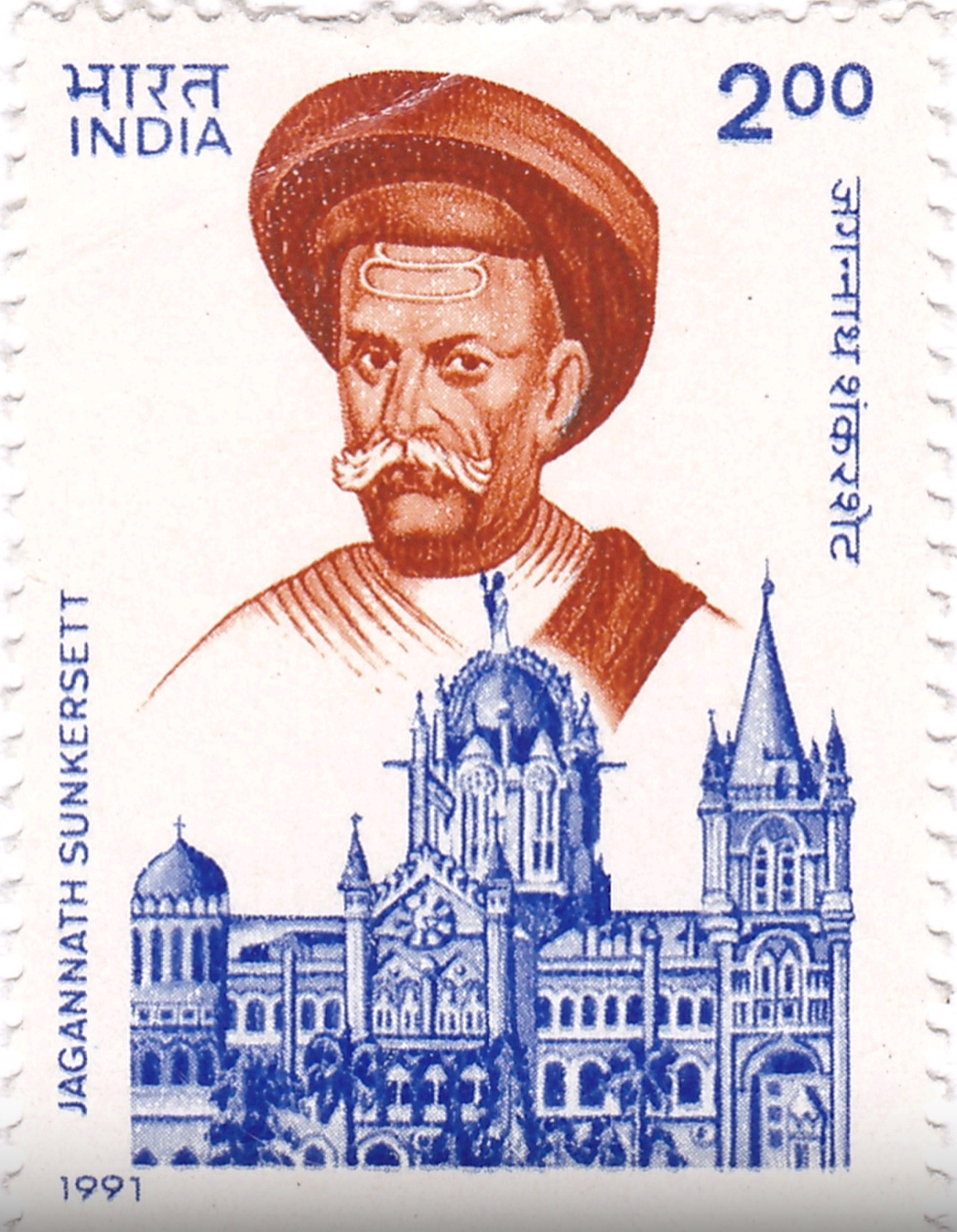Railway came to India not because of British but because of Nana
15 September 1830. The world's first intercity train ran between Liverpool and Manchester in England. This news spread everywhere.
In Mumbai, a man found this very inappropriate. He thought that the railway should run in his village too. Railways were still standing in America and this man living in a poor and British-ruled country like India was dreaming of railways. If it was anyone else, people would have kicked it out. But this man was no simpleton. Nana Shankarsheth, a Mumbai moneylender who himself gave loans to the East India Company
Nana Shankarsheth's real name is Jagannath Shankar Murkute. Mulgaon Murbad. Generationally rich. His father was a big money lender to the British. He earned a lot of money during the British Tipu Sultan war. Their only son is Nana. This boy came with a golden spoon in his mouth. But not only Lakshmi but also Saraswati's hand of blessing was on the head. The father also trained the boy in English etc. by hiring a special teacher. After his father's death, he expanded the home business.
When the whole world bowed before the British, the British officers used to rub their feet for the blessings of Nana Shankarsheth. The two became good friends. Elphinstone sympathized with Indians. He used to strive to eradicate poverty and connect the country with the modern world.
Call it the effect of his friendship or what else, but Nana also started efforts to get rid of the rusticity of his brothers and for the progress of his village. Mumbai University, Elphinstone College, Grut Medical College, Law College, JJ School of Art, first girls' school in Mumbai, University of Mumbai established many educational institutions. Many roads were built in Mumbai, hospitals were started, India's first shipping company was started.
Even the British will never deny that Nana Shankar Sheth played a lion's share in making the village of seven islands the city of Mumbai.
So Nana Shankarsheth thought of starting a railway in Mumbai. The year is 1843. Then he went to his father's friend Sir Jamshethji Jijibhoy alias JJ. After the death of Nana's father, he was like a father to Nana. He told this Sir JJ his idea, he also took the opinion of Supreme Court Judge Sir Thomas Erskine Perry who came from England about whether the railway can be started in Patlimumbai. They too were amused by the idea. Together these three formed the Indian Railway Association
At that time, the company government had no intention of having railways in India. But when people like Nana Shankarsheth, Sir JJ, Sir Perry said they were behind, they had to pay attention to this. On 13 July 1844, the company submitted a proposal to the government. It was approved to prepare a preliminary report on how far the railway line can be laid from Mumbai. After that 'Bombay Committee' was formed. Nana gathered some other big businessmen, British officials, bankers and established the Great Indian Railway. It was during this time that capitalists in England became aware of the ongoing movement to start a railway in Mumbai in India. Later Lord J. British capitalists led by Stuart Worley established the Great Indian Peninsular Railway in London. The office of this company was also opened in Mumbai. The office of the company was started in Nana's bungalow. Under his guidance, expert engineers from England started working on the construction of railways. The train was going to run for the first time not only in India but in the whole of Asia. Finally the day dawned. On 16th April 1853 at exactly 3.30 in the afternoon, the train left Mumbai's Boribandar for Thane. This train had 18 compartments and three locomotive engines. Nana Shankarshet and Jamshetji Jijibhoy were also among the passengers of this train which was specially decorated with flowers for its maiden journey.
Everyone gives credit to the British for starting railways in India but not many people know about the contribution and hard work of Nana Jagannath Shankarsheth
Today Indian Railways is one of the largest railway network in the world. Railways were considered the lifeline of Mumbai. Today, Mumbai is a metro city, known all over the world as an industrial city, because of the impossible dream of Nana Shankar Sheth, a Marathi man.
Awesome, these people who don't want any publicity do so much that it makes you want to bow down.*🙏😇


